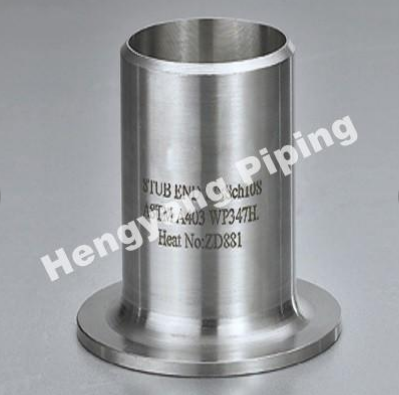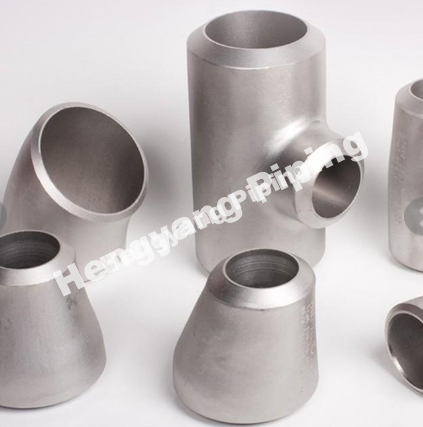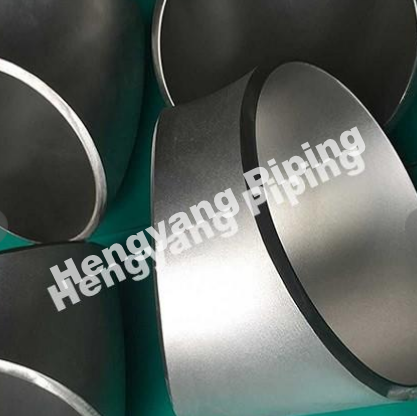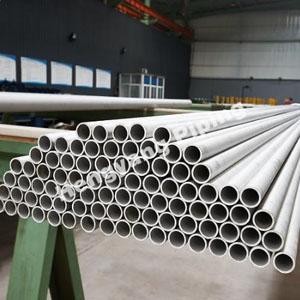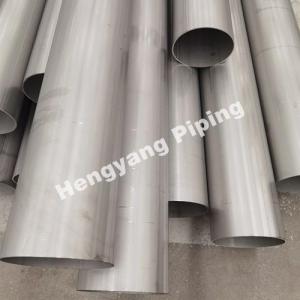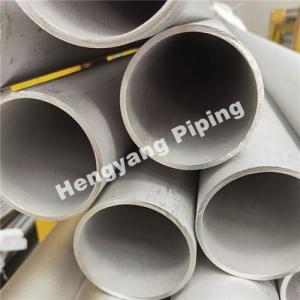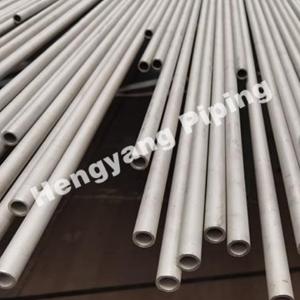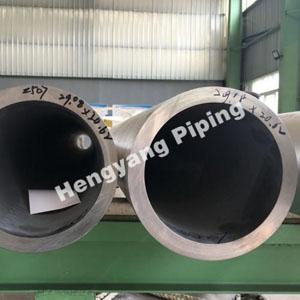A Comprehensive Guide to the Different Types of Stainless Steel Pipe Fittings
Stainless steel pipe fittings are integral components in various industries, serving the critical role of connecting and diverting fluids in pipelines. These fittings come in a wide array of types, each designed for specific applications and requirements. In this comprehensive guide, we will explore the different types of stainless steel pipe fittings, their characteristics, and common uses.
1. Elbows
Type: Elbows are categorized based on their angle of curvature, typically 45 degrees and 90 degrees.
Characteristics: Elbows allow changes in the direction of the pipeline, reducing the need for extra pipes or extensive bending. They come in various angles to accommodate specific pipeline configurations.
Common Uses: Elbows are widely used in piping systems to direct flow around corners, obstacles, and changes in elevation.
2. Tees
Type: Tees are "T"-shaped fittings with three openings, often called the run and two outlets.
Characteristics: Tees allow the branching of a pipeline into two separate directions, typically at 90 degrees from the main pipe.
Common Uses: Tees are crucial in systems where the fluid flow needs to be distributed into two different directions, such as in water distribution systems.
3. Reducers
Type: Reducers come in concentric and eccentric varieties. Concentric reducers have a uniform reduction in diameter, while eccentric reducers have one side offset.
Characteristics: Reducers are used to transition from one pipe size to another, ensuring a smooth flow and preventing turbulence.
Common Uses: Reducers are vital in systems where flow rate changes or where pipes of different diameters need to be connected.
4. Caps
Type: Caps are essentially end closures for pipes.
Characteristics: Caps are used to seal the end of a pipe, preventing the entry of contaminants or dust.
Common Uses: Caps are essential in systems where pipes need to be sealed for maintenance, testing, or as a temporary measure.
5. Couplings
Type: Couplings come in various styles, including full couplings, half couplings, and reducing couplings.
Characteristics: Couplings are used to connect two pipes of the same or different sizes, ensuring a secure and leak-proof joint.
Common Uses: Couplings are frequently employed for repair or extension work, allowing easy and swift connections.
6. Unions
Type: Unions comprise three parts: a nut, a male end, and a female end, allowing for easy disassembly.
Characteristics: Unions provide a convenient means of connecting and disconnecting pipes without the need for permanent threading.
Common Uses: Unions are used in applications where regular maintenance or disassembly is necessary, such as in gas pipelines.
7. Crosses
Type: Crosses are four-way fittings, allowing for the branching of pipelines in multiple directions.
Characteristics: Crosses are used when a pipeline needs to distribute fluids into four separate directions.
Common Uses: Crosses are commonly used in industrial settings, especially in complex piping systems.
8. Adapters
Type: Adapters are threaded or socket fittings used to connect pipes of different types or sizes.
Characteristics: Adapters ensure a secure and leak-free connection between pipes with different threading or diameters.
Common Uses: Adapters are invaluable in situations where pipes of diverse materials or sizes need to be joined.
9. Nipples
Type: Nipples are short lengths of pipe with male threading on both ends.
Characteristics: Nipples are used to extend or connect pipes, typically in situations where extra length is needed.
Common Uses: Nipples are essential in systems requiring extensions, such as water heaters or appliances.
10. Plugs
Type: Plugs are similar to caps but are used to close off a pipe's end.
Characteristics: Plugs provide a secure seal for pipes that are not intended to be reopened.
Common Uses: Plugs are utilized in pipes that are meant to remain sealed permanently, such as in plumbing or drainage systems.
11. Locknuts and Bushings
Type: Locknuts secure connectors and fittings, while bushings reduce the size of a threaded opening.
Characteristics: Locknuts prevent fittings from coming loose, and bushings ensure a proper fit between different sizes of pipes and fittings.
Common Uses: Locknuts and bushings are commonly used in electrical and plumbing systems.
12. Olets
Type: Olets are branching fittings used to connect branch pipelines to a larger main pipe.
Characteristics: Olets allow for safe and efficient branching without the need for extra components.
Common Uses: Olets are widely used in pipelines that require additional branch connections, such as in petrochemical and power plant applications.
13. Swage Nipples
Type: Swage nipples are used for joining two pipes of different sizes.
Characteristics: Swage nipples feature a taper from one end to the other, ensuring a smooth transition between pipes of varying diameters.
Common Uses: Swage nipples are critical in oil and gas industries for connecting pipelines of different sizes.
14. Crosses
Type: Crosses are similar to tees but with four openings, allowing for the distribution of fluids in four directions.
Characteristics: Crosses are used in complex pipeline systems requiring multiple branch connections.
Common Uses: Crosses are commonly found in chemical processing plants and water treatment facilities.
Conclusion
In conclusion, the world of stainless steel pipe fittings is diverse and versatile, offering solutions for a wide range of industrial, commercial, and residential applications. Selecting the right type of fitting is crucial to ensure the integrity and efficiency of any piping system. Understanding the characteristics and common uses of each fitting type is essential for making informed decisions and maintaining the functionality of pipelines in various industries.
If you want to read more information about duplex stainless steel pipe fittings and stainless steel pipe fittings, just visit --> The Insider's Views [https://www.hengyangpiping.com/Contact-us-hengyang-piping-stainless-steel-pipe-and-tube-supplier-distributor-stockist.html]
